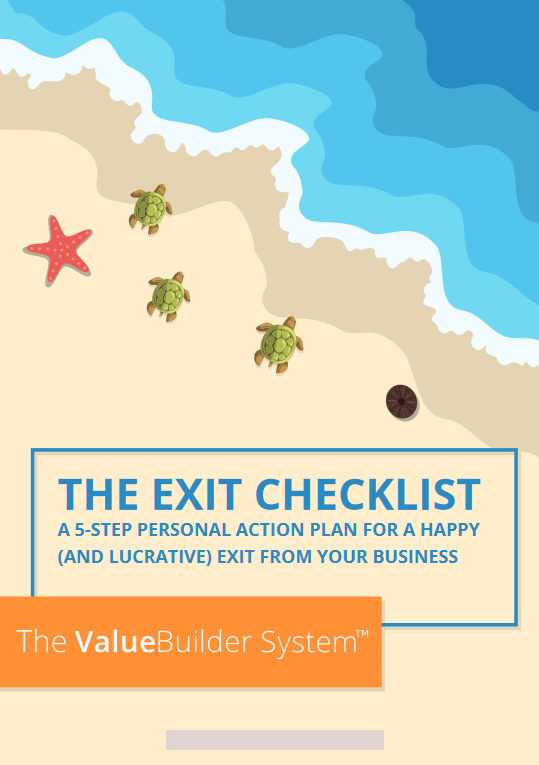How to get a big Payday when you Sell
A business appraisal requires significant knowledge of your business, your industry, your financial situation, your management style, the application of complicated formulas, comparison with similar businesses, knowledge of finance, accounting, and mathematical modeling. So let’s simplify it and make it easy.
Value = Reward ÷ Risk
To maximize the value of your business, increase the reward, and reduce the risk.
The reward is the financial benefit you get from owning the business. It can be revenue, gross profit, earnings, earnings before tax, earnings after tax, EBIT, EBITDA, profit before tax, net profit, profit after tax, pre-tax operating income, net income, cash flow, net cash flow, cash flow to invested capital, cash flow to equity, or free cash flow. Which one should you use?
The appropriate reward depends on the purpose of the appraisal, which determines the standard of value used, which in turn determines the financial metrics used and the specific methods used to appraise your business. Different metrics are paired with different purposes. The measure of risk must likewise be paired with the chosen reward.
Risk is usually expressed as a percentage and can be determined in a number of ways, but when you offer your business for sale the prospective buyer will determine how much perceived risk is associated with owning your business. If the buyer believes that the risk of achieving a potential reward is high, the determined value will be a low number. If the reward is high and the perceived risk is low, you will get a big pay-day.
You know how hard it is to double your revenue. Our research on over 60,000 businesses has shown that the quickest way to increase the value of your business is by reducing the perceived risk. Mature businesses in low growth industries can double the value of their business in as little as two years by reducing risk. If you would like to know how much risk is associated with your business click on the link below and complete the 13-minute questionnaire. You will immediately receive your risk assessment score.
For information on this topic, download The Exit Checklist. We provide practical answers to the basic questions all sellers ask:

What is my risk aversion level?

What will my role be after I exit?

How do I ensure confidentiality?
The Exit Checklist is your first step to a happy retirement. Try it now for valuable insights into your future exit.



Recent Comments